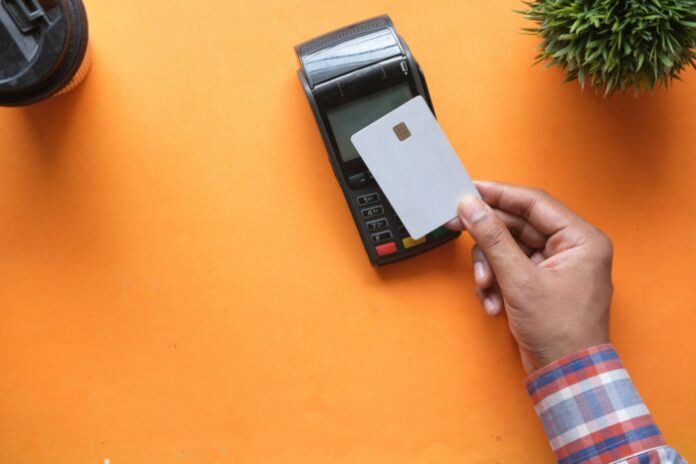When operating a business, selecting appropriate payment options for customers to use is a crucial strategic choice. Choosing the payment methods your business should accept can significantly impact customer satisfaction, operational efficiency, and overall financial success.
This guide aims to provide you with useful insights and important aspects to consider when determining the various payment options that would best serve your company’s needs.
Understanding Your Customer Base:
One of the primary considerations when deciding on payment methods is understanding your customer base. Different demographics and target markets may have varying preferences when it comes to payment options. Conducting market research and analyzing customer behavior can provide valuable insights into the payment methods that resonate with your audience.
Tailoring to Demographics:
- Tech-Savvy Demographic: If your business caters to a tech-savvy, younger demographic, you may find that digital payment methods, such as mobile wallets or contactless payments, are preferred. These customers are likely to embrace innovative and convenient payment solutions aligned with the latest technologies.
- Traditional or Anonymity Preference: On the other hand, if your customers are more traditional or prioritize anonymity, offering options like cash payments, crypto, and bank transfers might be essential. This approach ensures that your payment offerings align with the preferences of customers who value privacy or prefer established conventional methods.
Consider the Following Strategies:
- Online Retail (E-commerce): Younger consumers in the online retail space may lean towards digital wallets and cryptocurrencies as payment methods.
- Online Gambling Sites: Online betting is becoming increasingly popular, and players are getting choosier with the sites they play on. While the majority of betting sites benefit from accepting widely used debit and credit cards, other faster payment methods like Pay n Play are often sought out by players who want to avoid registration and start playing immediately. Betting sites are wise to offer a variety of payment methods, to cater to a diverse crowd.
- Brick-and-Mortar Establishments: Physical stores may find that contactless payments and traditional card transactions are popular with the average consumer. Of course, brick-and-mortar shops should also consider accepting cash, for those traditional consumers who still want to pay with paper money.
- Subscription-Based Services: Businesses offering subscription services might benefit from automated recurring payments via credit cards or direct debits.
This multifaceted approach, tailored to the specific characteristics of your customer base, ensures that the payment methods your business should accept align with varying preferences and expectations, including the specific needs of online gambling enthusiasts and those who prefer to visit high street stores.
Evaluating Transaction Costs:
Every payment method comes with associated transaction costs, and these costs can vary significantly. Credit card transactions, for instance, typically involve merchant fees, while bank transfers may have lower fees but longer processing times, and crypto, like Bitcoin, is known for its low transaction fees.
Evaluate the transaction costs associated with each payment method to determine the financial impact on your business. Consider the volume of transactions, average transaction value, and the overall cost-effectiveness of each method.
Consider the Following Strategies:
- High-Volume, Low-Value Transactions: For businesses dealing with a high volume of transactions but lower average values, it may be more cost-effective to opt for payment methods with lower transaction fees, even if the processing times are longer.
- Premium or Urgent Services: In contrast, businesses offering premium or urgent services may prioritize faster processing times over slightly higher transaction costs, ensuring a seamless and efficient customer experience.
- Overall Cost-Effectiveness: Evaluate the transaction costs associated with each payment method by considering the volume of transactions, average transaction value, and the overall cost-effectiveness of each method. This comprehensive analysis enables you to strike a balance between efficiency and financial viability.
Understanding the nuanced financial implications of different payment methods empowers businesses to make strategic choices that align with their financial goals and operational efficiency.
Ensuring Security and Fraud Prevention:
Businesses should proactively take steps to prevent fraud, when possible, and offer consumers secure ways to purchase from them. Security is paramount in the realm of financial transactions and the payment methods your business should accept. Instilling confidence in customers regarding the protection of their sensitive information is crucial. When selecting payment methods, consider these strategies to ensure robust security protocols:
Industry-Standard Security:
- Adherence to Protocols: Ensure that the payment methods you choose strictly adhere to industry-standard security protocols. This not only safeguards customer data but also reflects your commitment to maintaining the highest security standards.
- SSL Encryption: For online transactions, the adoption of Secure Sockets Layer (SSL) encryption is indispensable. This technology encrypts the communication between the user’s browser and your website, adding an extra layer of protection against potential threats.
Consider These Strategies:
- Customer Trust and Confidence: Prioritize payment methods that not only meet security standards but also contribute to building trust and confidence among your customer base. Clearly communicate the security measures in place to reassure customers about the safety of their transactions.
- Fraud Prevention Investment: Allocate resources to invest in advanced fraud prevention tools and technologies. These investments can pay significant dividends in terms of protecting your business from potential financial losses due to fraudulent activities.
Ensuring the security of financial transactions is a shared responsibility between businesses and their customers. By adopting these strategies, businesses can fortify their defenses against potential threats and establish a secure and trustworthy environment for their customers.
Seek Customer Feedback:
Finally, the voice of the customer is invaluable when deciding on payment methods your business should accept. Solicit feedback from your customers about their payment preferences, experiences, and any challenges they may face. Customer surveys, reviews, and direct interactions can provide insights into the effectiveness of your current payment methods and highlight areas for improvement.
Find a Home-Based Business to Start-Up >>> Hundreds of Business Listings.















































